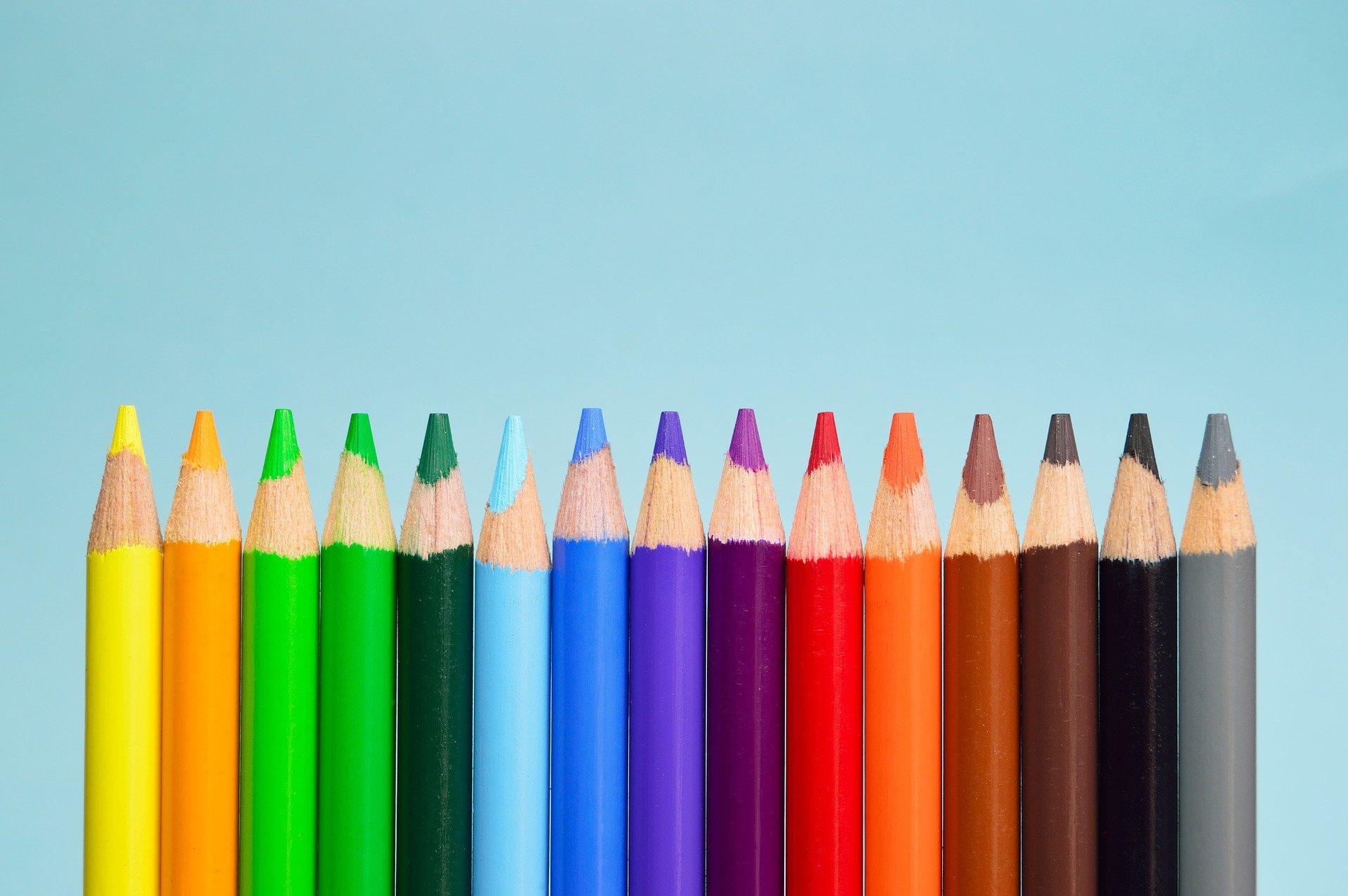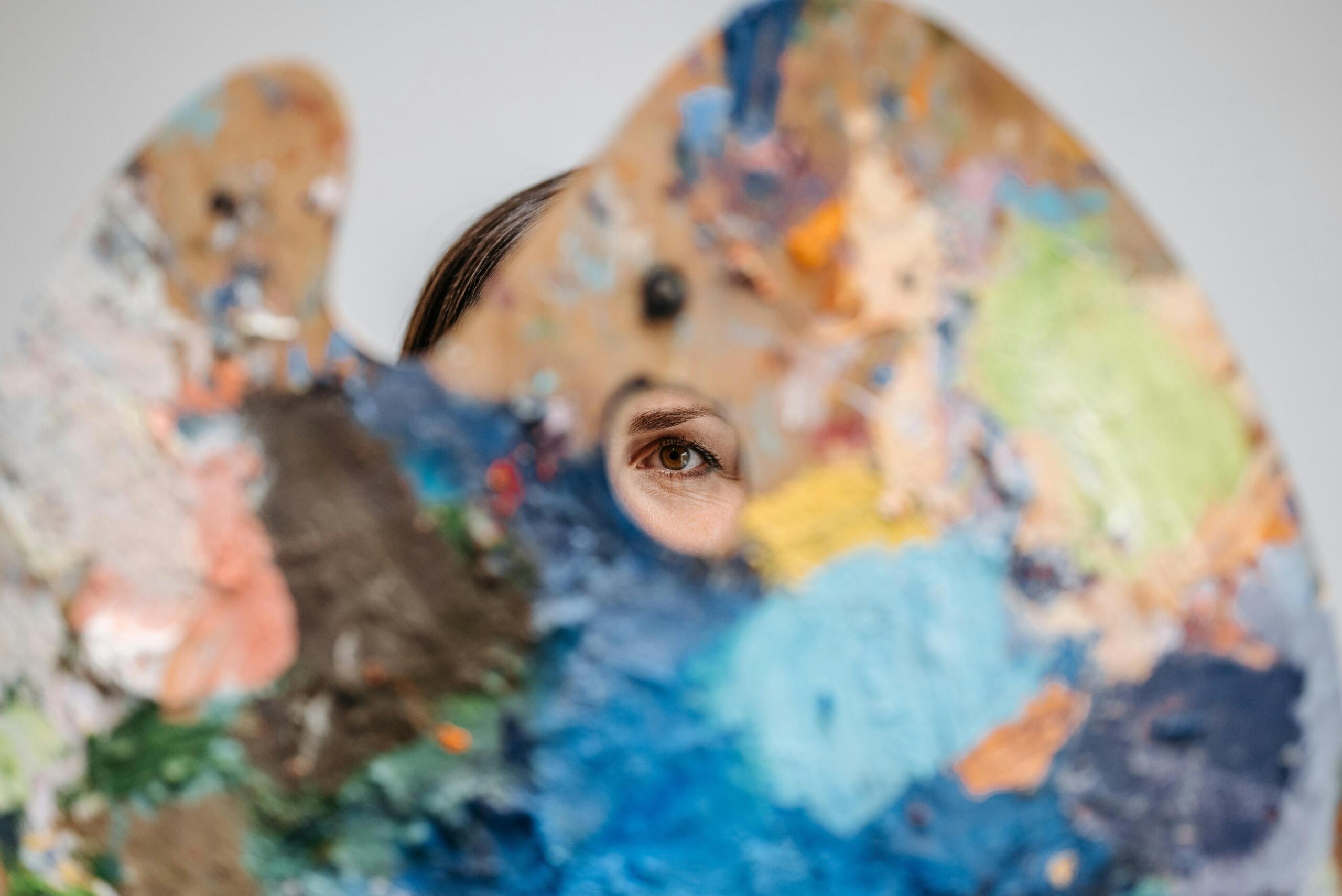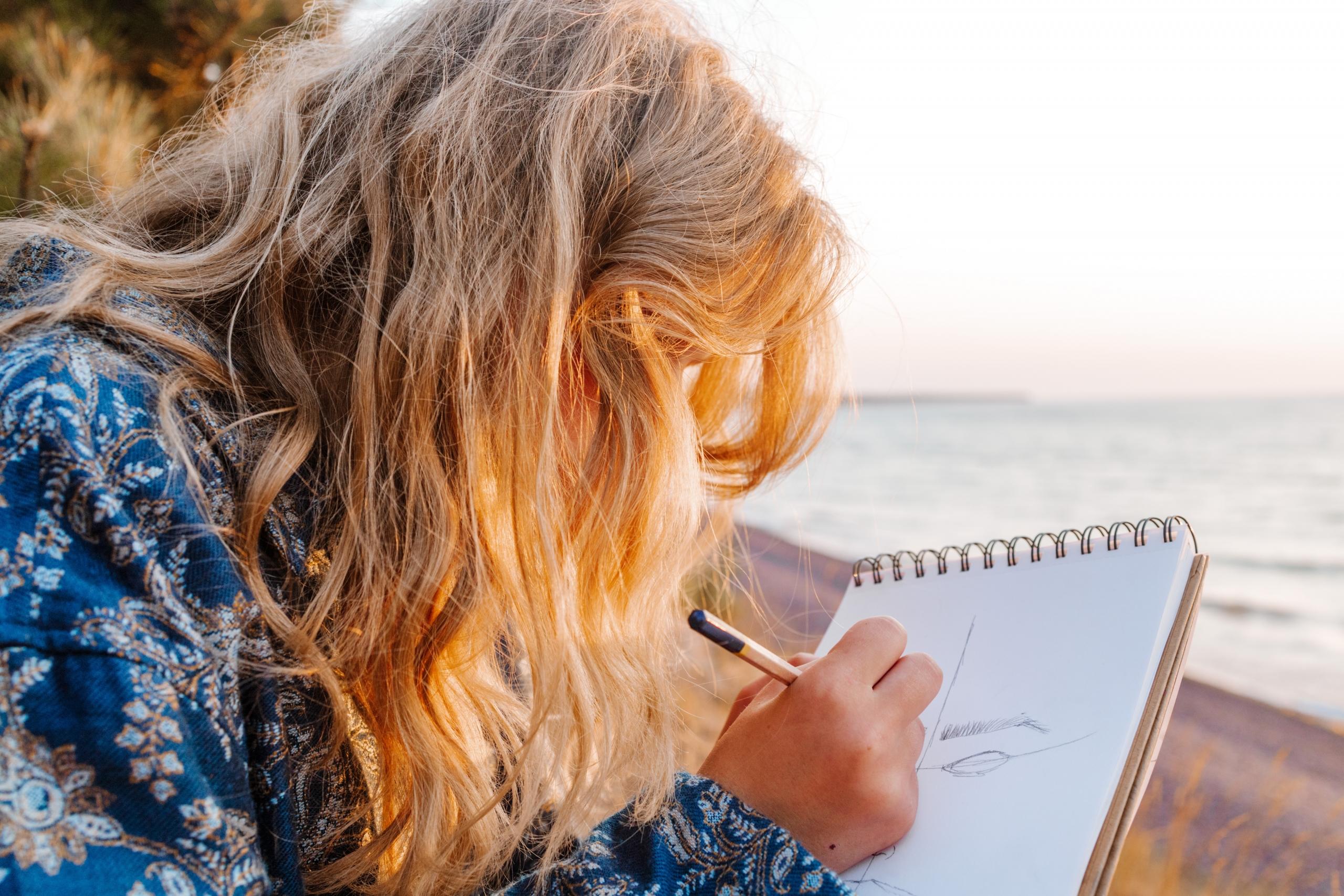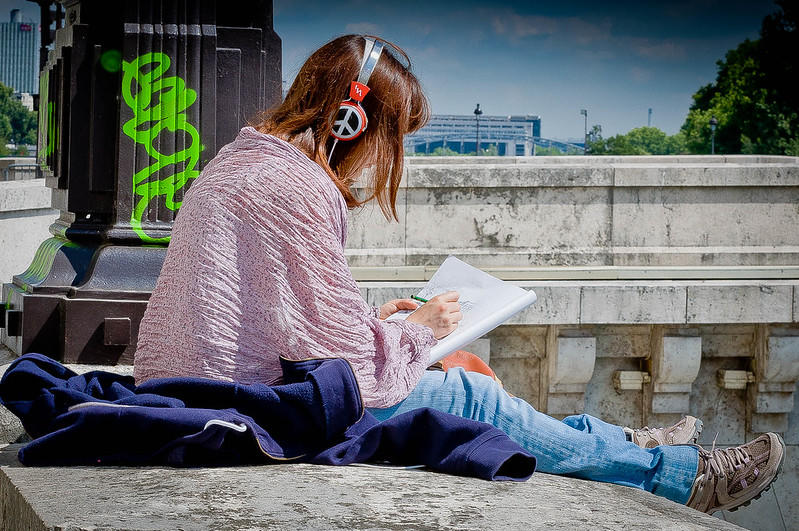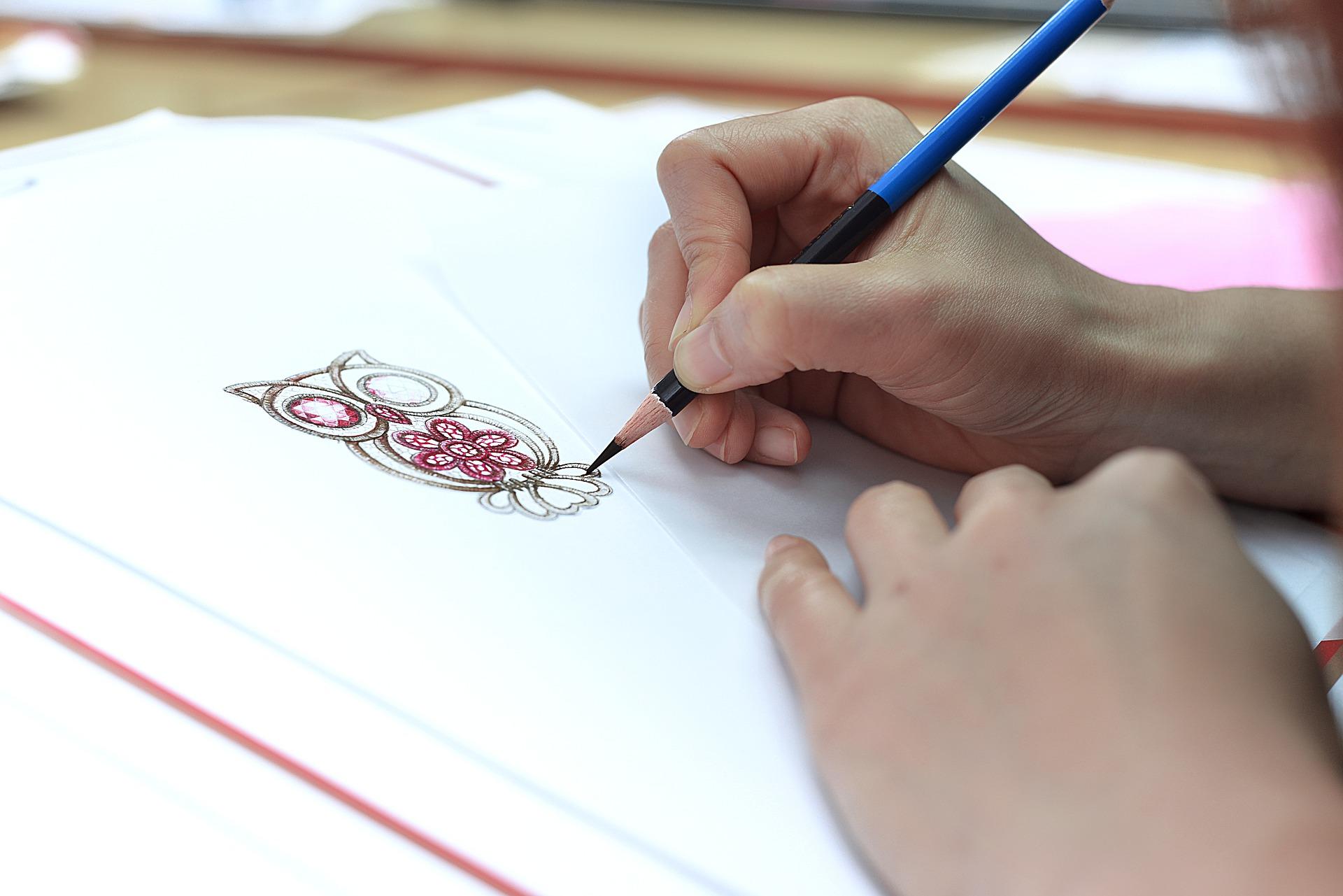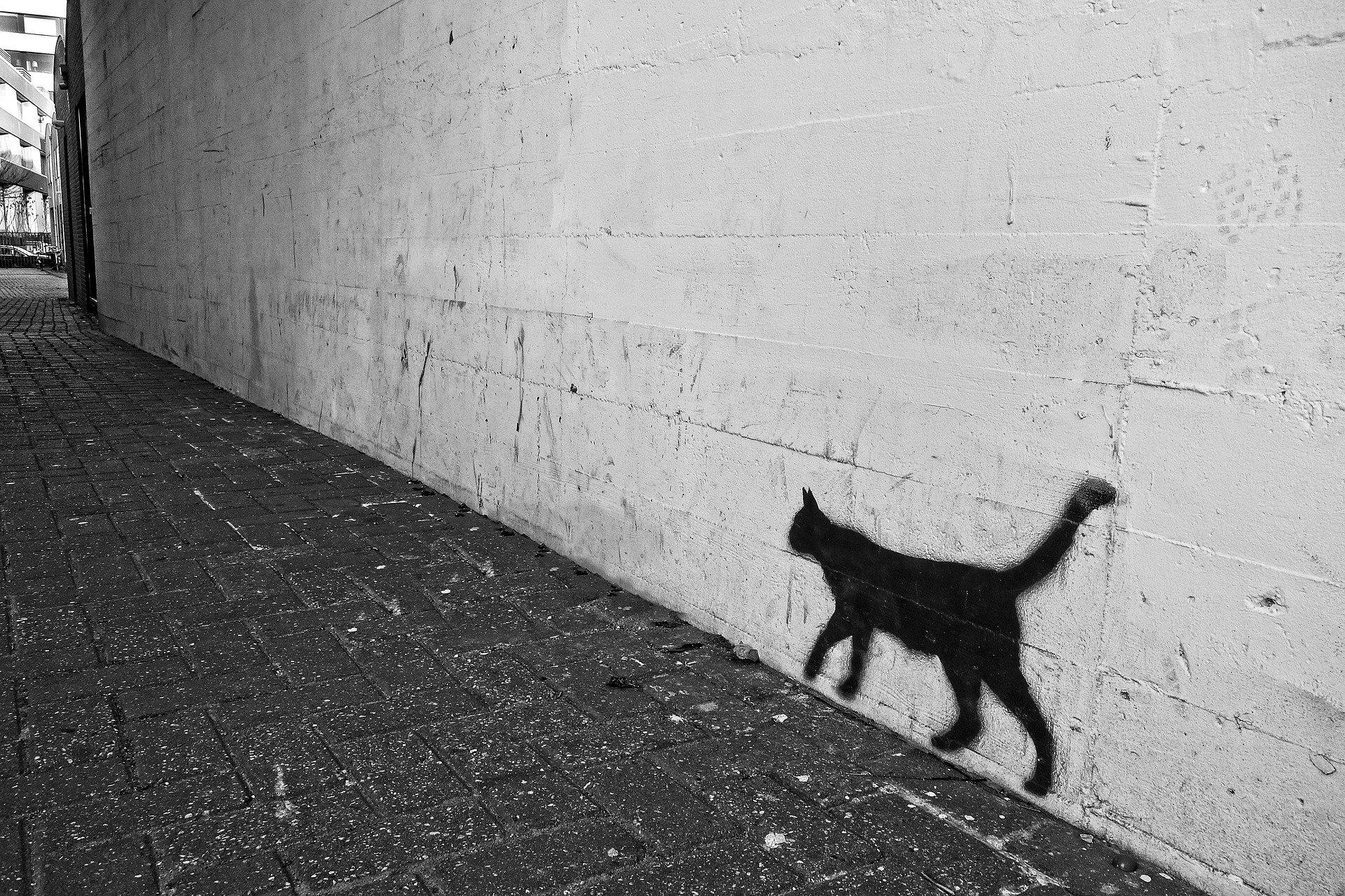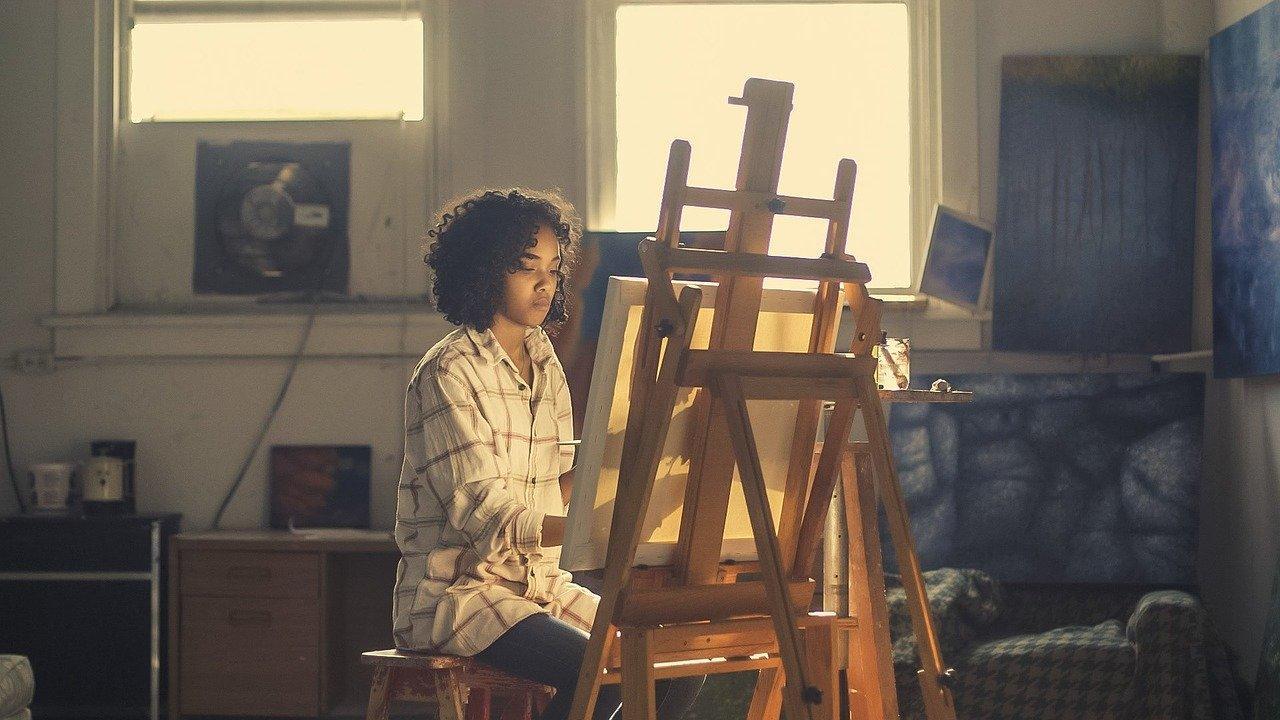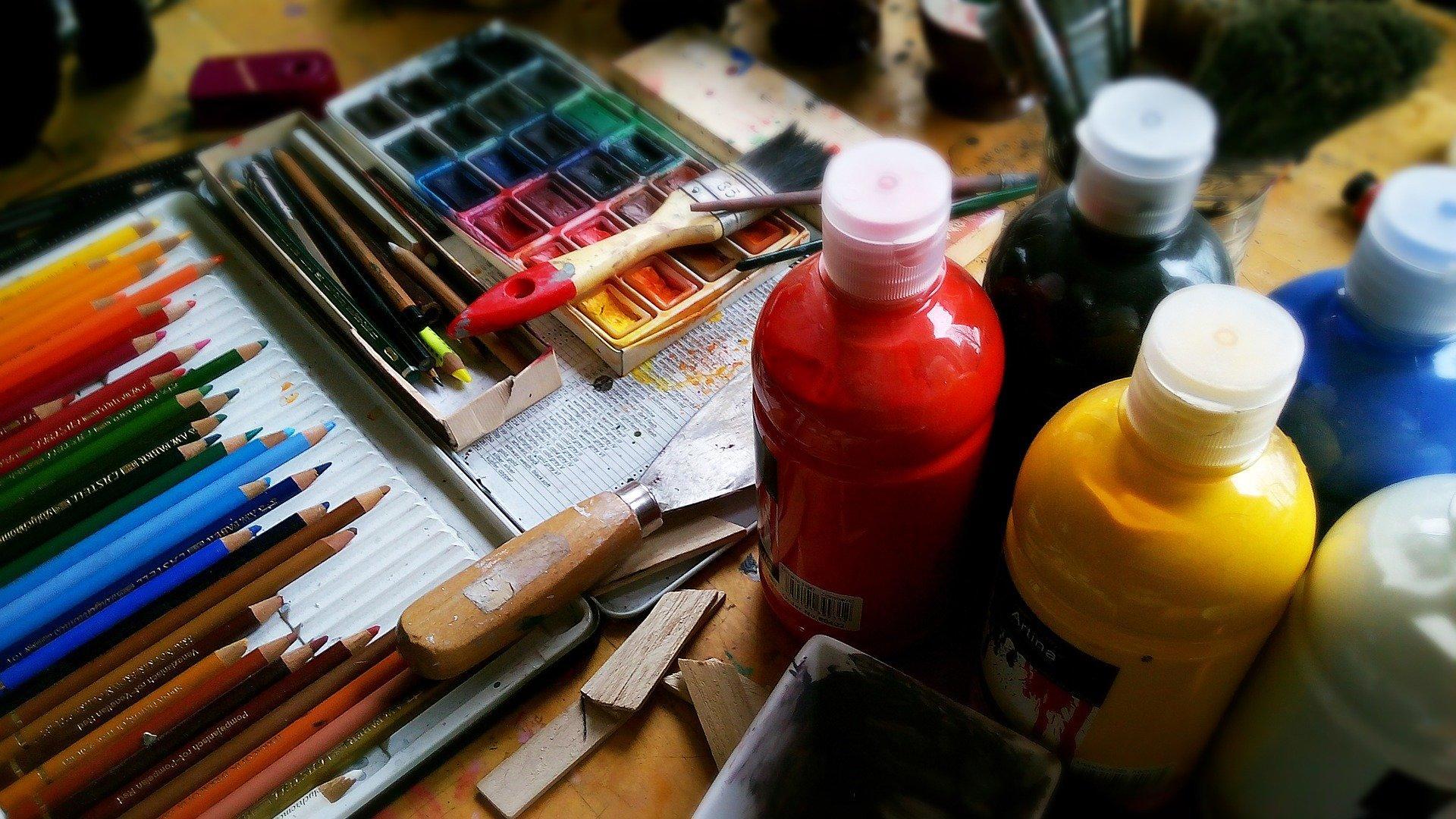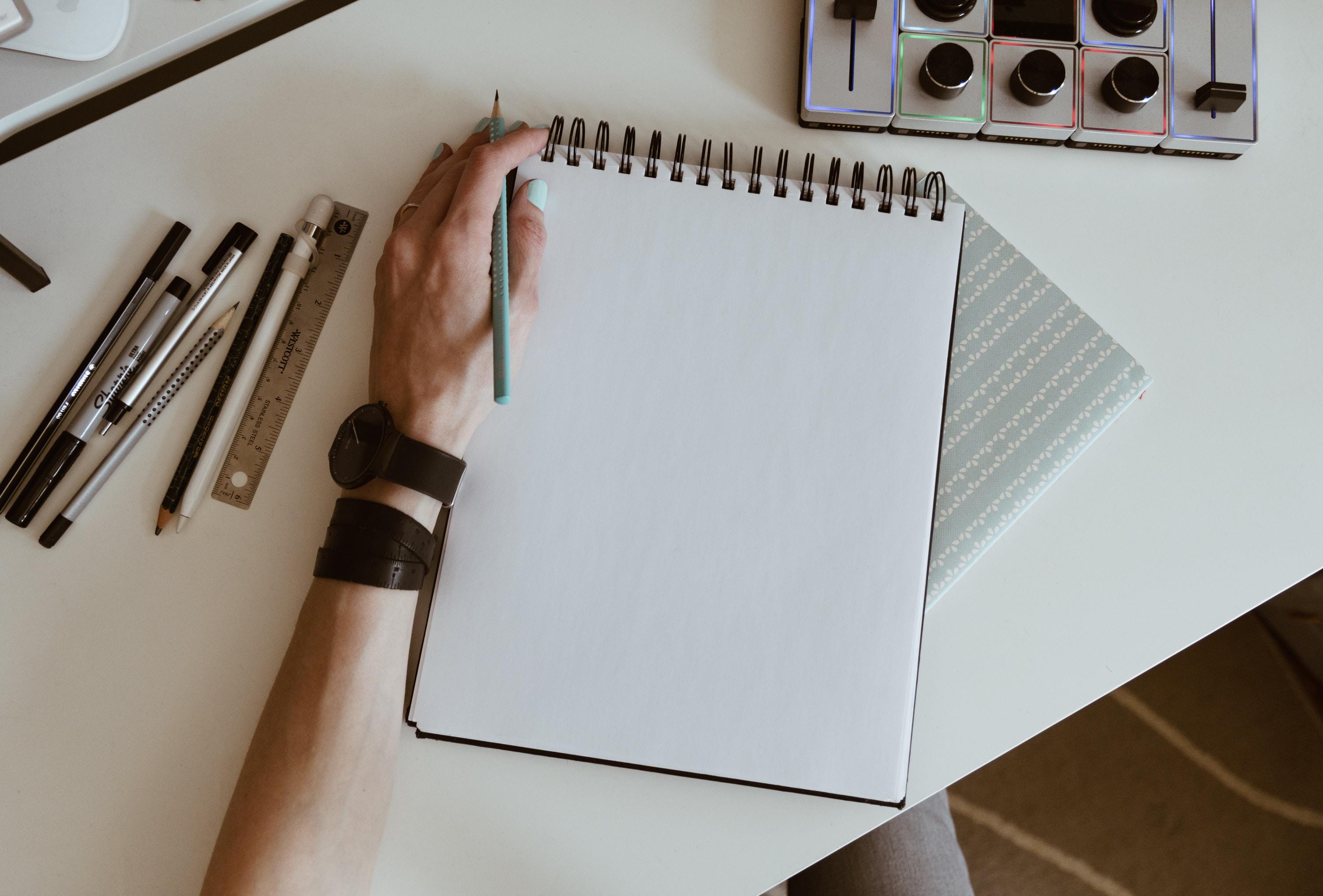I prefer drawing to talking. Drawing is faster, and leaves less room for lies. Le Corbusier
There are countless reasons why some people yearn to learn how to draw. For one, drawing is a form of self-expression that can be immensely satisfying and fulfilling. It can also be a way to relax and unwind, providing a creative outlet that can help to reduce stress and anxiety. Additionally, drawing is a valuable skill that can be used in many different fields, including art, design, architecture, and much more. It can also help to improve hand-eye coordination, visual-spatial skills, and critical thinking. Ultimately, whether for personal or professional reasons, when you learn how to draw for beginners, you never know where it may lead.
If you are wondering can anyone learn to draw, then keep reading this article is for you.
Want to give private lessons?
Join the Superprof community and share your knowledge with inquiring and motivated students.
Is it Easy to Learn How to Draw?
Learning to draw can be both easy and challenging, depending on your natural ability and the amount of time and effort you are willing to put into your craft. While some people may find it easier than others, anyone can learn to draw with enough dedication and passion.
If you have committed to drawing for beginners, the most important thing you can do is to practise regularly. This means setting aside time every day or week to work on easy drawings for beginners. Additionally, here are a few tips to help you advance as you learn how to draw.

- Start with the basics: Before diving into difficult compositions and methods, it's important to master the basics of drawing. This includes learning how to accurately represent proportions, shapes, and shading.
- Observe and analyse: Take time to study the objects or people you are drawing. Pay attention to specifics like textures, shadows and highlights and analyse how they work together to create the overall composition.
- Experiment with different materials: Be bold when it comes to trying out different types of pens, pencils, markers, or other materials. Remember that each one can produce unique effects and textures, adding interest and variety to your drawings.
- Seek construct feedback: If you want to learn to draw for beginners you will need to be prepared for constructive feedback. This can help you to recognise your areas for improvement and gain new techniques and insights.
- Keep learning: There is always more to learn when it comes to drawing for beginners, whether it's new techniques, materials, or styles – be prepared to learn. Attend workshops, take classes, and read books or online resources to continue expanding your knowledge and skills.
If you want to learn to draw for beginners, then follow these tips and keep practising easy drawings for beginners. In the end, there is no doubt that you will improve as an artist.
If you are still wondering can anyone learn to draw, then click here to find out more.
So, Can Anyone Learn How to Draw Quickly?
Using a private tutor can be a great way to accelerate your progress if you are learning drawing for beginners because you will receive personalised guidance and feedback that is tailored to your individual needs and learning style.
A platform like Superprof can connect you with experienced drawing tutors who can help you improve quickly by providing one-on-one instruction, critiques, and exercises specifically designed to address both your strengths and weaknesses. By working with a private tutor, you will receive focused attention and support that will help you to quickly develop your skills.

If you are an absolute beginner in learning how to draw, it can be overwhelming to know where to start. Here are some tips to help you begin your journey:
- Start with basic shapes: A great place to learn to draw for beginners is to practise drawing basic shapes such as circles, squares, and triangles. These simple shapes are the building blocks of more complex drawings, and mastering them will help you develop your hand-eye coordination and improve your overall accuracy.
- Focus on proportion: Pay close attention to proportion when drawing, ensuring that the size of each element of the drawing is accurate in relation to the others. One way to help with this is to use a grid or other measurement tools to ensure that you are maintaining accurate proportions.
- Study anatomy: Learning the basic anatomy of the human body can be a great way to improve your drawing skills, even if you are not specifically interested in drawing people. Understanding the proportions of the body and how muscles and bones interact can help you create more realistic and dynamic drawings.
- Practise shading: Shading is an important part of drawing that can help to create depth, texture, and contrast. Start by practising simple shading techniques, such as cross-hatching, and gradually work your way up to more complex shading techniques as you become more comfortable.
- Take advantage of online resources: There are countless online resources available for learning how to draw, including tutorials, videos, and blogs. Take advantage of these resources to learn new techniques, get inspiration, and connect with other artists.
- Join a community: Joining a community of fellow artists can be a great way to stay motivated, get feedback, and learn from others. Look for local art groups, online forums, or social media groups to connect with other artists who share your passion for drawing.
Remember that learning how to draw is a process that takes time and practice.
Don't get discouraged if your drawings don't turn out perfectly at first – the key is to keep practising and pushing yourself to improve. With dedication and perseverance, anyone can learn how to draw.
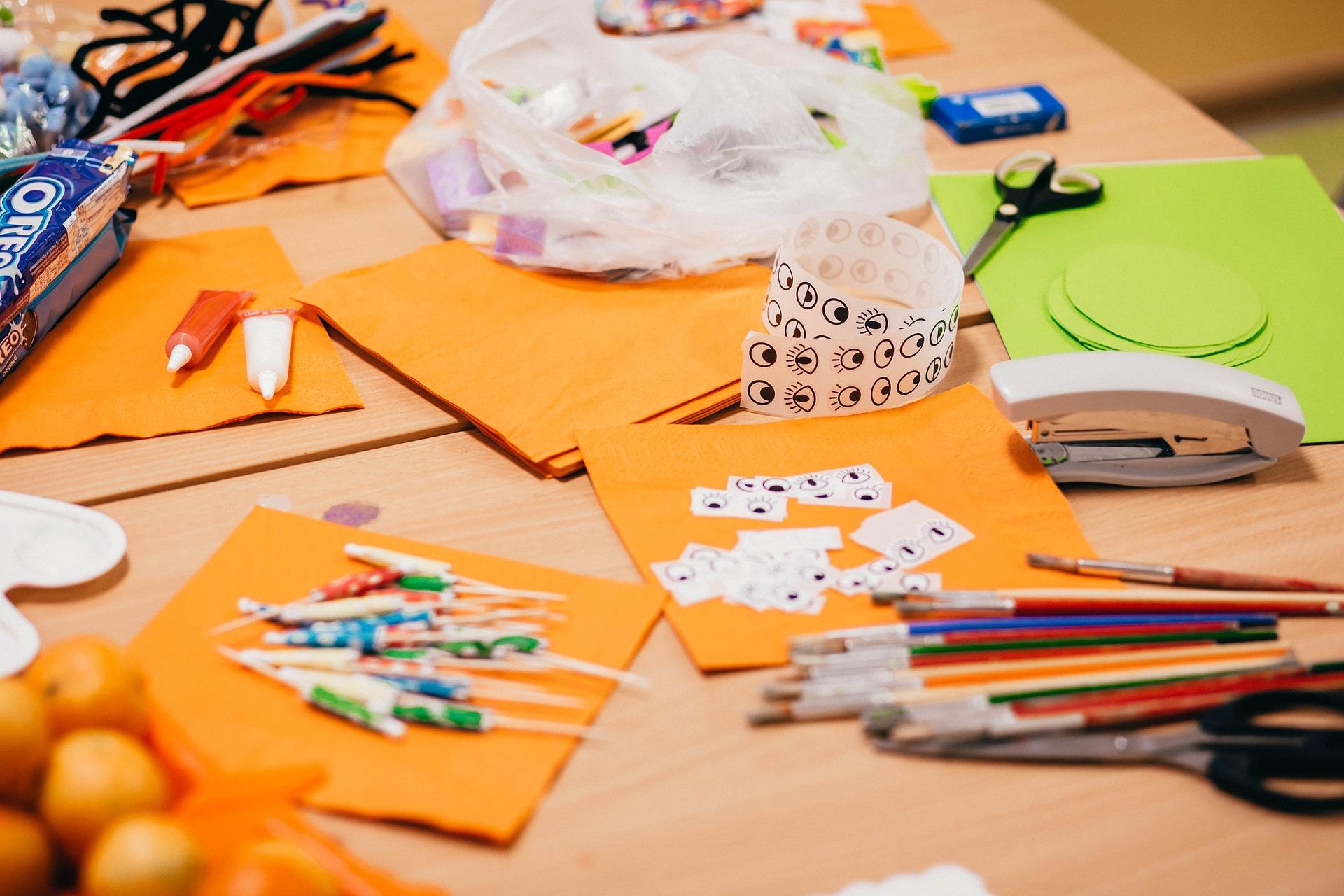
5 Easy Drawings for Beginners
In addition to these tips, there are also a few exercises you can do to help you improve your art.
Drawing is a skill that can take time and practice to develop, but there are plenty of easy drawings for beginners to start with. Here are some examples of simple drawing exercises that can help you improve your skills:
- Still life drawing: A still life is a drawing or painting of a group of objects arranged on a table or other surface. This is a great place to start for beginners, as you can work with a limited number of objects and practice your observation and shading skills. Start with simple objects like fruit, vases, or candles, and gradually work your way up to more complex arrangements.
- Basic shapes: As mentioned before, drawing basic shapes such as circles, squares, and triangles is a great way to develop hand-eye coordination and improve your accuracy. Try drawing these shapes in different sizes and angles, and experiment with shading and perspective to make them look more three-dimensional.
- Portraits: Drawing portraits can be a challenge, but there are plenty of easy exercises you can start with. One simple exercise is to draw the outlines of a face and then practice filling in the features, such as the eyes, nose, and mouth. You can also practice shading to create depth and texture.
- Landscapes: Drawing landscapes can be a great way to practice perspective and composition. Start with simple scenes, such as a tree or a building, and gradually work your way up to more complex landscapes. Pay attention to the placement of objects in the foreground and background, and use shading to create depth and contrast.
- Doodles: Doodling is a fun and relaxing way to practice your drawing skills. Start with simple shapes and patterns, and gradually work your way up to more complex designs. You can also experiment with different materials, such as markers, pens, or coloured pencils, to create unique effects.
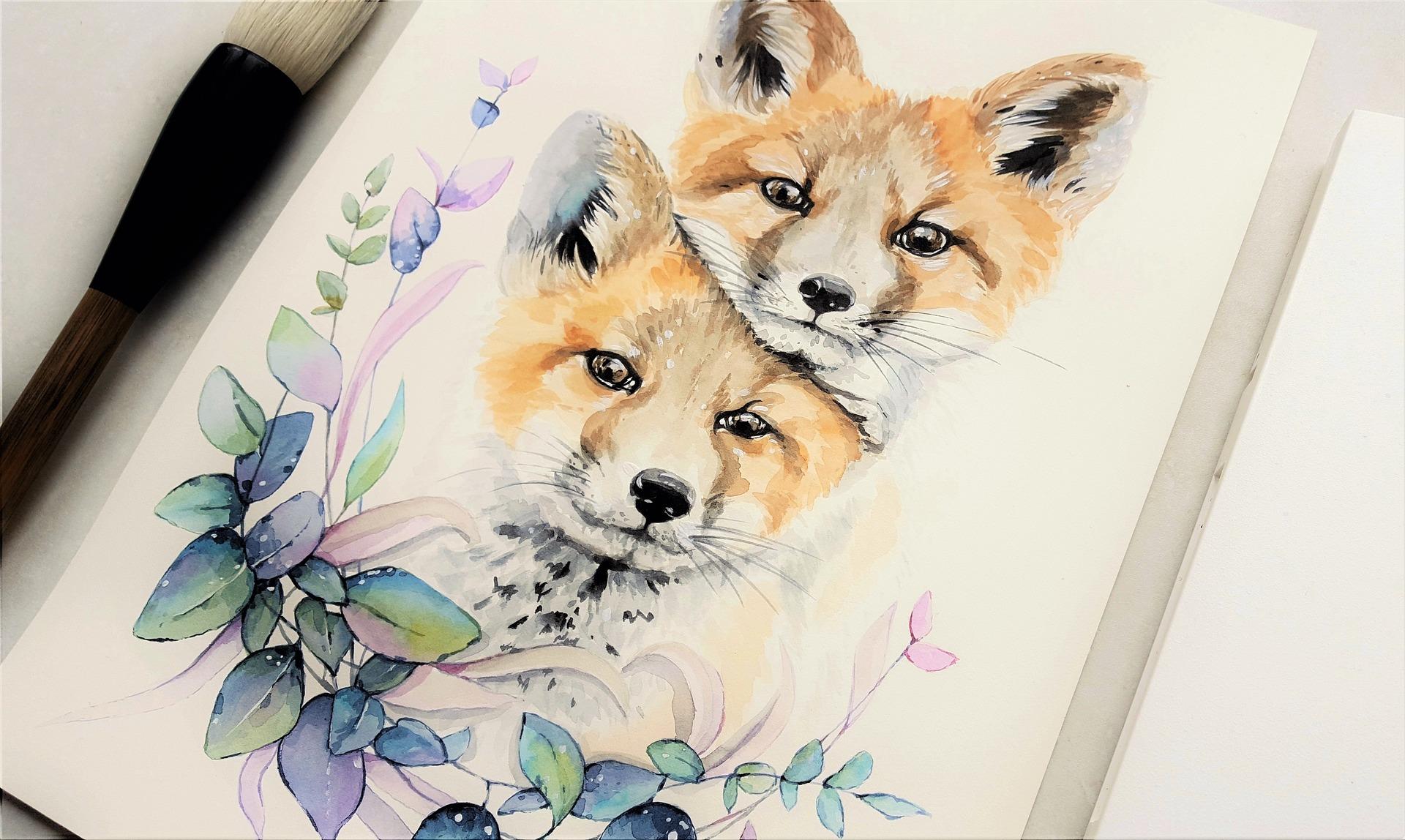
Remember, the most important thing is to practice regularly and not get discouraged by mistakes. With time and dedication, you will be able to develop your skills and create beautiful drawings.
How Long Does it Take to Learn How to Draw?
The length of time it takes to learn how to draw can vary widely depending on individual skill level, practice habits, and goals. Some people may see improvement in a matter of weeks or months, while others may take years to develop their skills. It is important to keep in mind that drawing, like any skill, requires consistent practice and dedication over a long period of time. The more you practice, the faster you will see improvement in your abilities.
The more dedicated you are and the more you practice your easy drawings for beginners, the faster you will advance. The key is to set aside the time to immerse yourself and then to give yourself time to improve with practice. Set goals and then break your goals down into hourly sessions.
So in answer to your question, can anyone learn to draw, the answer is yes! Now find out more about how to learn how to draw fast!
Want to give private lessons?
Join the Superprof community and share your knowledge with inquiring and motivated students.

